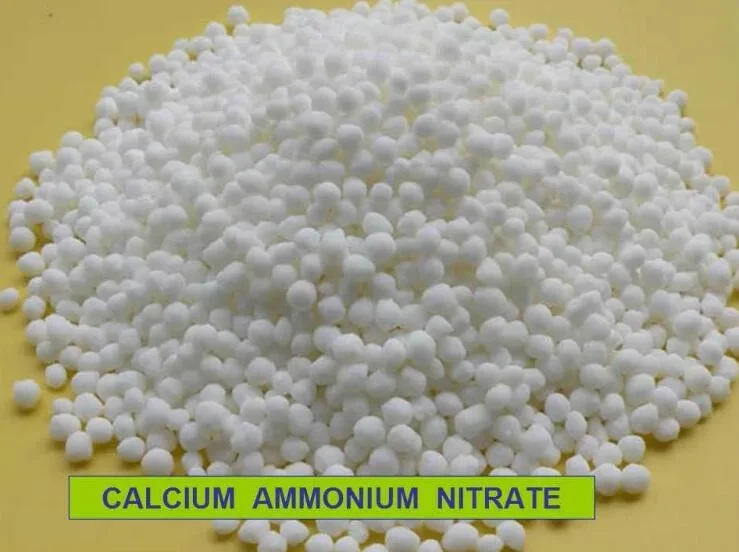



Understanding the Chemical Formula for Lead Oxide and Its Implications
Understanding the Formula for Lead Oxide
Lead oxide is a compound formed from lead and oxygen, and it comes in several forms, the most common being lead(II) oxide. The chemical formula for lead(II) oxide is PbO, where 'Pb' represents lead and 'O' represents oxygen. This compound plays a significant role in various industrial applications, including batteries, glass manufacturing, and ceramics. Understanding its formation, properties, and uses is essential for many fields, including chemistry, engineering, and materials science.
Chemical Structure
Lead(II) oxide (PbO) occurs in two primary crystal forms litharge and massicot. Litharge appears as a yellow powder, while massicot presents as a yellow to reddish-brown solid. The difference in structure between these two forms can be attributed to the arrangement of lead and oxygen atoms, which influences their physical properties and reactivity.
The formation of PbO occurs through a straightforward reaction. When lead reacts with oxygen, particularly when heated, the following reaction occurs
\[ 2 \, \text{Pb} + \text{O}_2 \rightarrow 2 \, \text{PbO} \]
This reaction indicates that two moles of lead combine with one mole of diatomic oxygen to produce two moles of lead(II) oxide. It's worth noting that lead can also react with oxygen in the environment, leading to the gradual formation of PbO, which is significant in pollution and environmental studies.
Properties of Lead Oxide
Lead(II) oxide possesses certain distinctive physical and chemical properties. It is a yellow or reddish powder that is insoluble in water but soluble in acids. This characteristic makes it useful in various chemical applications as a pigment and in glass manufacturing.
formula for lead oxide

Chemically, lead oxide is relatively stable, but it can react with strong acids to form lead salts and can be reduced with organic materials to yield metallic lead. The stability of lead oxide can vary based on its form; litharge, for instance, is known for its higher thermal stability compared to massicot.
Uses of Lead Oxide
One of the most significant applications of lead oxide is in the production of lead-acid batteries, which are widely used in automotive and backup power systems. In these batteries, lead dioxide (PbO2) acts as a cathode material during the charging process, contributing to the battery's efficiency and performance.
Additionally, lead oxide is utilized in the manufacture of glass and ceramics, lending its unique properties to enhance the durability and optical qualities of these materials. It is also a critical component in the production of lead glass, which is characterized by its high refractive index and brilliance.
In paint and pigments, lead oxide serves as a coloring agent. However, due to the toxic nature of lead compounds, there are strict regulations regarding the use of lead oxide in consumer products, driving the search for safer alternatives in manufacturing.
Environmental and Health Considerations
While lead oxide has various industrial applications, the toxicity associated with lead compounds cannot be overlooked. Exposure to lead and lead oxide can lead to serious health problems, including neurological damage and developmental issues, especially in children. As a result, numerous countries have imposed regulations governing its use and have encouraged the development of safer substitutes in industrial processes.
In summary, lead oxide is a versatile compound with significant industrial applications but comes with health risks that require attention. Understanding its chemical formula, structure, properties, and uses is crucial for professionals in multiple fields, especially as we navigate the balance between industrial use and health safety in today's world. Continued research and innovation are vital to finding safer alternatives and ensuring that the valuable properties of lead oxide can be harnessed with minimal risks.
-
Why Sodium Persulfate Is Everywhere NowNewsJul.07,2025
-
Why Polyacrylamide Is in High DemandNewsJul.07,2025
-
Understanding Paint Chemicals and Their ApplicationsNewsJul.07,2025
-
Smart Use Of Mining ChemicalsNewsJul.07,2025
-
Practical Uses of Potassium MonopersulfateNewsJul.07,2025
-
Agrochemicals In Real FarmingNewsJul.07,2025
-
Sodium Chlorite Hot UsesNewsJul.01,2025










